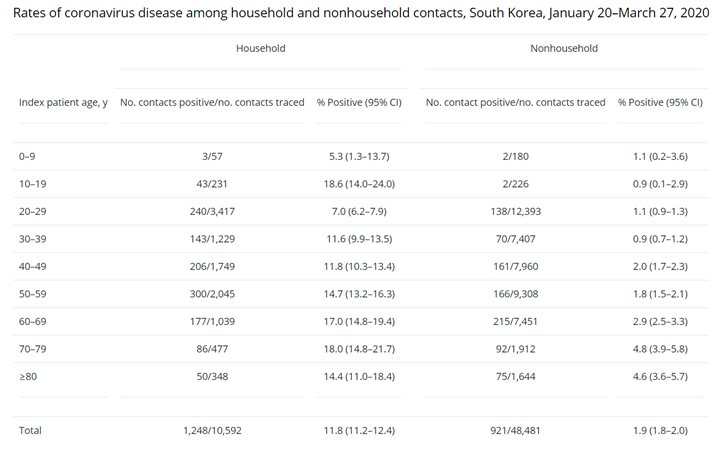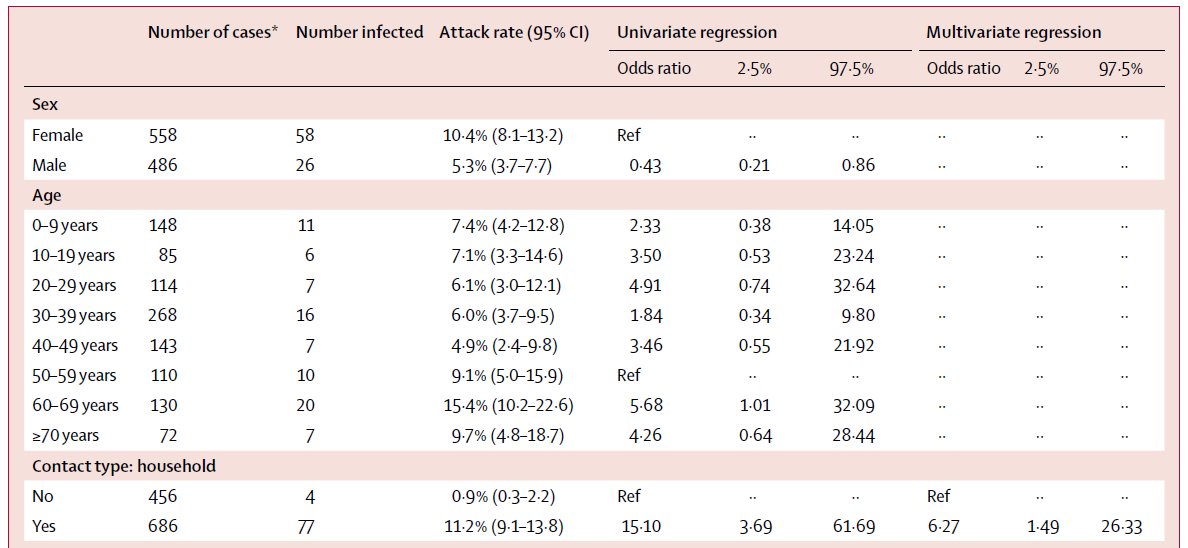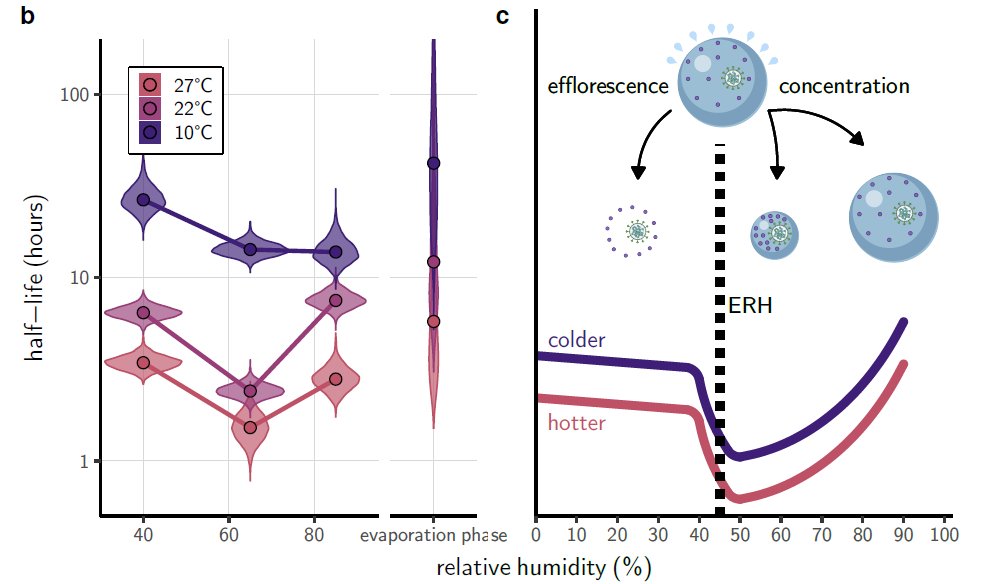
This tool to calculate risk of becoming infected w/ COVID19 is being promoted by some loud (& not well informed) folks. It gives ridiculously precise probabilities & data simply do not exist to quantify things this precisely.
Short thread
zeit.de/wissen/gesundh…
Short thread
zeit.de/wissen/gesundh…
Tool allows you to adjust 1 or more: size of room, duration, # people, ventilation (4 levels!), masks (3 kinds!), speaking duration&volume. Online tool then gives prob of becoming infected & # infected through aerosols w/ precision (e.g. 21%, 2 people infected). 

It then gives examples of risk calculation for 5 settings (classroom, restaurant, choir, office, living room). 4 shown here. 







This tool is the worst kind of misinformation - it combines valid information w/ BS to provide an answer.
Real data:
-masks, ventilation, space decrease risk
-crowds, yelling, duration increase risk
Real data:
-masks, ventilation, space decrease risk
-crowds, yelling, duration increase risk
It's absolutely silly to provide risks of becoming infected with extreme precision. As one single example, here's real data on masks showing huge variability in protection: 0->~50% in non-health care setting!
thelancet.com/journals/lance…
thelancet.com/journals/lance…

The tool also ignores most important aspect of risk: # of people in room - this DETERMINES probability that 1+ person will be infected/infectious! Tool assumes 1 person is infected & your chance of being infected doesn't change in room of 5 or 30!
It's accurate to say that settings where we can't wear masks are more dangerous than those where we can
It is also accurate to say we should ventilate rooms & bigger airspaces are safer.
It is also accurate to say we should ventilate rooms & bigger airspaces are safer.
Similarly, it's much higher risk if people are singing or talking loudly for a long time (which is partly why SCOTUS' recent decision blocking restrictions on church gatherings is so harmful).
It is NOT accurate to report a precise probability of being infected.
It is NOT accurate to report a precise probability of being infected.
I hope this tool DOES encourage people to wear masks, open windows & avoid spending much time in small indoor settings w/ singing or loud talking.
But I hope people DO NOT think tool actually gives them accurate estimate of risk or adjustment for each option.
But I hope people DO NOT think tool actually gives them accurate estimate of risk or adjustment for each option.
• • •
Missing some Tweet in this thread? You can try to
force a refresh






